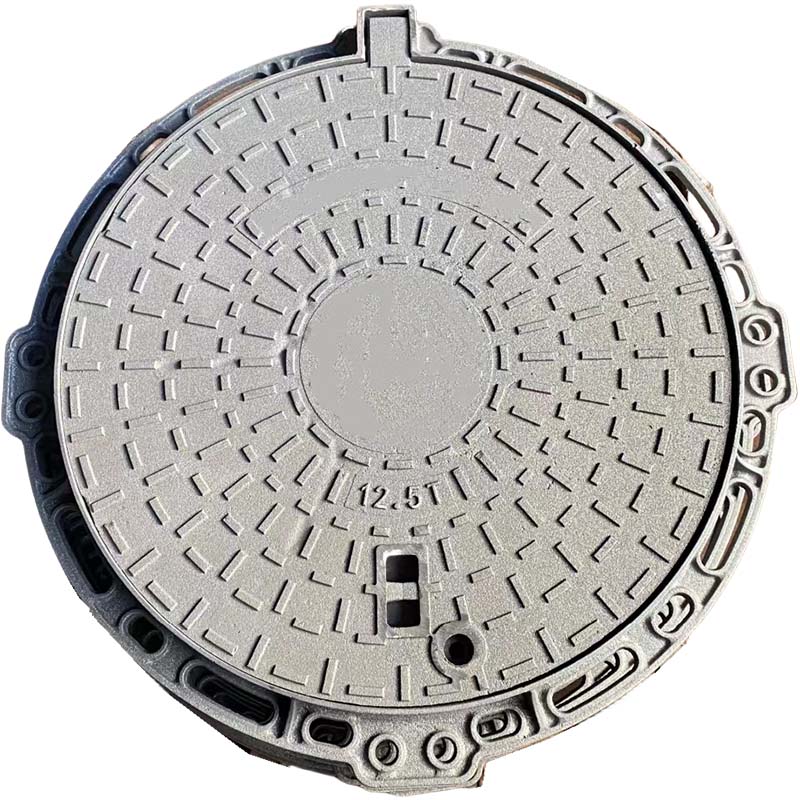truck air tank pressure relief valve
Understanding Truck Air Tank Pressure Relief Valves
In the world of heavy-duty trucks and commercial vehicles, the air brake system plays a crucial role in ensuring safety and efficiency. One significant component of this system is the air tank, which stores compressed air utilized in braking, suspension, and other operational functions. To maintain optimal performance and safety standards, air tank pressure relief valves are essential. This article delves into the function, significance, and maintenance of these vital components.
What is an Air Tank Pressure Relief Valve?
An air tank pressure relief valve is a safety device designed to regulate and maintain the pressure within the air tanks of a truck's braking system. These valves prevent excessive pressure buildup, which could lead to catastrophic failures such as tank ruptures or system malfunctions. Typically set to open at a predetermined pressure, these valves release excess air to maintain pressure within safe limits, ensuring the integrity of the air system.
The Importance of Air Tank Pressure Relief Valves
1. Safety Mechanism At the heart of their functionality, pressure relief valves act as critical safety mechanisms. When pressure in the air tank exceeds safe operational levels, the valve opens, allowing air to escape. This prevents excessive pressure that could compromise the integrity of the air tanks and the overall braking system.
2. System Performance Properly functioning pressure relief valves contribute to the optimal performance of the air brake system. By maintaining consistent pressure levels, these valves help ensure that brakes engage smoothly and effectively. This consistent performance is vital for the safe operation of heavy-duty trucks, especially under varying load conditions and terrains.
3. Preventive Maintenance Regular inspection and maintenance of pressure relief valves are essential for the longevity of the air braking system. Faulty valves can lead to pressure imbalances, resulting in uneven brake wear, decreased stopping power, and increased stopping distances, which can be particularly dangerous in commercial applications.
How Pressure Relief Valves Work
Pressure relief valves operate based on a simple yet effective principle they are designed to remain closed under normal operating conditions. When the pressure within the air tank reaches a specific threshold, the valve's mechanism responds by opening, allowing air to escape. This action serves to reduce the pressure within the tank back to acceptable levels.
Most pressure relief valves are spring-loaded and calibrated to open at a specific pressure range. When the pressure drops below this threshold, the spring's force drives the valve back into a closed position, effectively sealing the tank. This cycle of opening and closing continues as the system operates, maintaining the necessary pressure balance.
truck air tank pressure relief valve

Common Issues and Troubleshooting
While pressure relief valves are designed to be reliable, they are not immune to issues. Common problems include
- Sticking Valves Dirt, corrosion, or wear can cause the valve to stick. This may result in it failing to open under high pressure, leading to dangerous situations. - Leaking Valves If a valve is not sealing properly, it may cause a slow leak of compressed air, resulting in degraded performance in the air tank and associated systems. - Incorrect Calibration If the valve is set to open at an inappropriate pressure range, it may either open too late, risking tank rupture, or too early, leading to operational inefficiencies.
Maintenance Best Practices
1. Regular Inspection Conduct visual inspections of the pressure relief valve for any signs of wear, rust, or leaks. Regular checks can help identify potential issues before they escalate.
2. Cleaning Ensure that the valve mechanism is clean and free from debris. A clean valve is less likely to stick and will function more reliably.
3. Calibration Checks Verify that the valve opens at the correct pressure. If unsure, it may be wise to consult manufacturer's specifications or engage a professional for recalibration.
4. Replacement Should a valve be found faulty during inspection, it’s crucial to replace it immediately to maintain system safety and performance.
Conclusion
Air tank pressure relief valves are fundamental to the safe and efficient operation of heavy-duty trucks. Understanding their role, function, and maintenance needs greatly contributes to vehicle safety and performance. Whether you're a fleet manager, a truck operator, or simply involved in the transportation industry, acknowledging and caring for these critical components ensures not only compliance with safety regulations but also the security of drivers and cargo on the road.
-
The Essential Component for Safe Urban InfrastructureNewsMay.14,2025
-
The Backbone of Urban InfrastructureNewsMay.14,2025
-
Practical and Stylish Solutions for Your Drainage NeedsNewsMay.14,2025
-
Lamphole Frame and Cover: Essential for Urban InfrastructureNewsMay.14,2025
-
A Seamless and Aesthetic SolutionNewsMay.14,2025
-
A Must-Have for Safety and DurabilityNewsMay.14,2025
-
Pipe Repair Clamps: Your Ultimate Solution for Efficient RepairsNewsMay.09,2025
